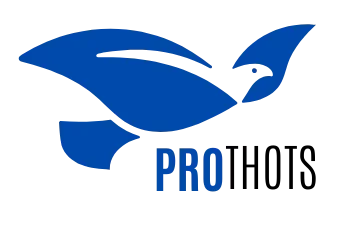Blog
How Extended Enterprise LMS Drives Collaboration Across Networks

Collaboration is the bedrock of success, and in today’s globalized world, organizations are always looking for means to improve collaboration in different networks. A famous tool is an Extended Enterprise Learning Management System (LMS). Besides encouraging easy information sharing, this digital hub allows other groups to work together. Today, we shall discuss Extended Enterprise LMS, how it fuels collaboration, and why increasingly more organizations consider it necessary business ammunition.
What is Extended Enterprise LMS?

An Extended Enterprise LMS allows for not just internal employee learning but also training external partners, customers, and stakeholders. Such a system allows wider access to resources and training materials by extending learning opportunities beyond the organization’s four walls. By incorporating these different learning groups onto a centralized platform, the Extended Enterprise LMS makes the learning experience much better. It encourages a shared understanding of key concepts and processes, so everyone can be on the same page.
Enhancing Communication
The key to any collaboration is effective communication skills. Through an Extended Enterprise LMS, you can create a centralized platform for your participants to communicate with each other to share ideas, leave feedback, or carry out a conversation. The platform includes discussion forums, chat functionality, and collaboration tools that promote open lines of communication. It encourages users to add to the conversation, creating deeper interactions and better relations.
Consolidation of Training Resources
When the data accumulates on one platform, it leads to a streamlined and readily accessible training engine.
For companies with internal and external trainees, the Extended Enterprise LMS provides a single platform for organizations to reduce the number of training material generators and then offer that to the participants easily.
They can also be file repositories for course catalogs, webinars, and instructional videos—all in one place, preventing those with the same goal from duplicating efforts. It helps keep the quality of training intact, so every individual gets similar techniques.
Enabling Knowledge Sharing
How can collaboration exist without knowledge sharing? Extended Enterprise LMS provides tools for sharing tips and experiences. Participants can learn from each other via user-generated content, peer-to-peer interactions, and collaborative projects. Sharing knowledge also adds to the network’s collective intelligence, stimulating innovation and creativity.
Fostering Inter-Functional Collaboration

In organizations, department silos often make collaboration impossible. An Extended Enterprise LMS eliminates these gaps through a cross-departmental learning ecosystem. Cross-functional or even cross-organizational teams can align to get things done. This cooperation creates unity of vision, purpose, and action.
Measuring Impact and Progress
Continuous improvement cannot be successful without tracking progress. An Extended Enterprise LMS enables such analytics and reporting features to evaluate the impact and measure progress. Through participation rates, completion numbers, and evaluations, organizations can measure how well their training programs are performing. This enables a data-driven decision-making approach that ensures the success of learning initiatives with organizational goals.
Supporting Flexible Learning
- Flexibility in learning helps cater to different needs. An Extended Enterprise LMS also caters to multiple training types, such as self-paced courses,
- live training, or mobile learning. This allows people to consume content when they would like to, thus making the process more effective.
- The platform caters to several learning styles to ensure every participant can gain systematic training.
Creating an Environment for Collaboration
A collaborative culture facilitates innovation and growth. An Extended Enterprise LMS actively supports the development of this culture by encouraging participation and inclusivity among learners. If people feel appreciated and part of a community, they become actively engaged and contribute. This kind of inclusion fosters a positive environment that encourages collaboration among employees, which benefits the organization’s overall success and advancement.
Conclusion
A feature that sets Extended Enterprise LMS apart from the other tools is that it is a key element in collaboration between networks. It improves communication, optimizes resources, and encourages exchanging theoretical and practical knowledge to create an inclusive educational atmosphere. The platform enables collaboration across functional units and transparency into progress while coordinating with organizational goals. In an ever-connected environment, an Extended Enterprise LMS can be a key component towards partnership, allowing businesses to flourish at the same time.
